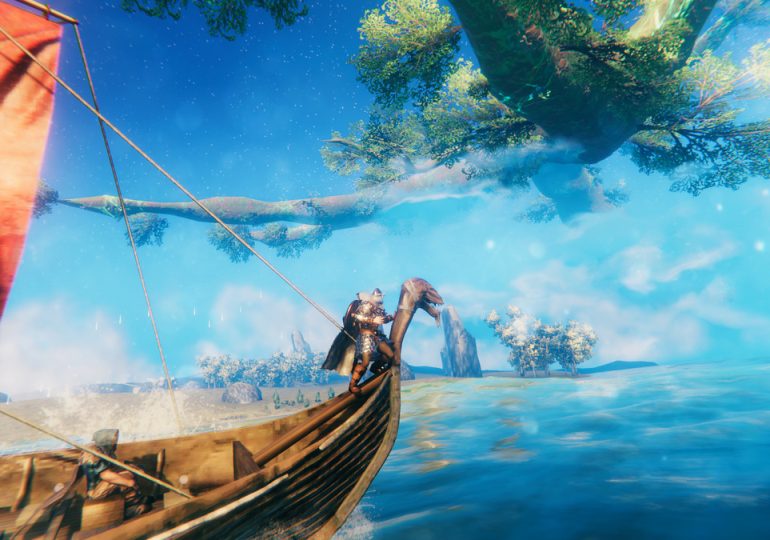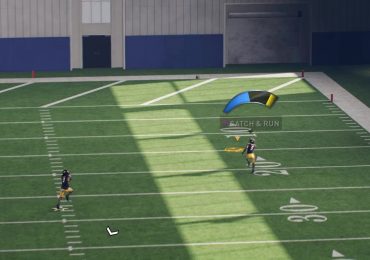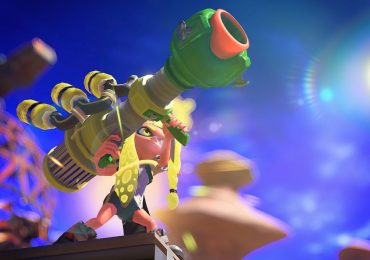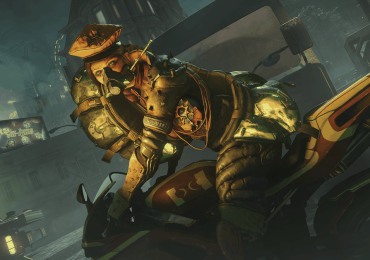The first big video game hit of 2024 was Palworld, a game everybody thought would be “Pokémon with guns” but turned out to be an open-world crafting game where you capture monsters — called “Pals” — and put them to work on your base, creating resources and tending to various areas. People came for Pokémon and stayed for the gameplay, to the tune of 19 million players reached during its initial January release period.
Not too long after that, we got Enshrouded, an open-world survival crafting game now in Steam Early Access that puts players in a post-apocalyptic fantasy world and tasks them with running around gathering resources and building out a base. Then, there was the gothic Nightingale, followed by driving sim Pacific Drive. There are even more to come, too, with Lightyear Frontier, Outcast – A New Beginning, Dune: Awakening (yes, that Dune), and one based in the Terminator universe, to name a few.
The “Open World Survival Craft” game (as Steam labels it) isn’t the newest video game genre on the block. While they come in distinct flavors, games like The Long Dark, Rust, and Conan Exiles have been keeping players occupied for years. However, it’s looking like 2024 might be the year the genre hits a new high. With the lack of blockbuster games being released and many people looking for a change of pace from the usual catalog of multiplayer live service or single-player linear experiences, open-world survival crafting games might provide the answer.
There are a lot of unique takes and varying degrees of difficulty in this space, but the idea is always that you collect resources in the game’s world and use them to keep yourself alive, make weapons and other gadgets, build a base, or just let your creativity fly. Most importantly, the player needs to believe that they can do almost anything. That freedom will differ on a game-by-game basis, but ensuring that the player has some degree of it is key to keeping them playing for dozens — maybe even hundreds — of hours.
Survival and crafting games have made an excellent pairing for years now, whether it’s in nearly infinite sandboxes, like Minecraft, or something more structured, like Don’t Starve. However, there was a distinct moment recently that seemed to reignite the enthusiasm for these kinds of games — both for the players and developers. Three of the people I interviewed for this article brought up Valheim, a Viking-inspired open-world sandbox from developer Iron Gate, released in Steam Early Access in February 2021. Over its first month, it sold over 5 million copies and peaked at over 500,000 concurrent players, thanks to its robust crafting; seemingly endless, procedurally generated open world; deep lore; and fun multiplayer capabilities. Despite being three years into early access, at the time of this writing, it’s still hitting 20,000 concurrent players.
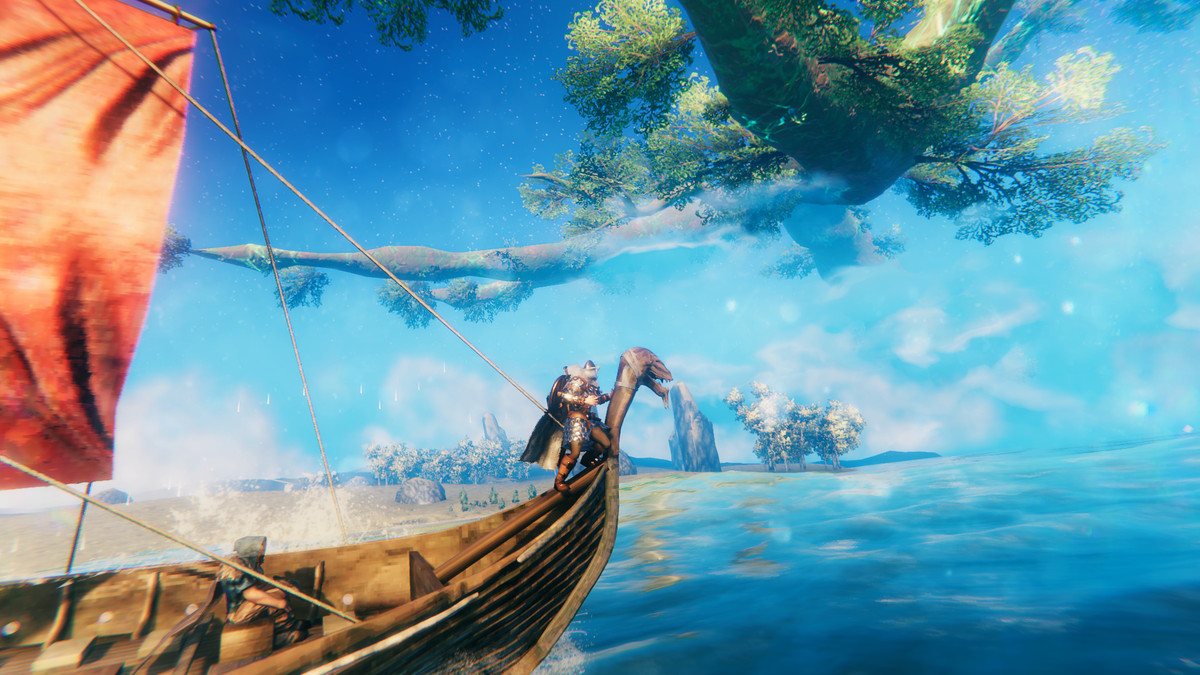
During the COVID-19 pandemic, a lot of indies made by small teams exploded in popularity, and Valheim was just the latest to join Among Us and Phasmophobia. With a lot of games getting delayed due to the transition to working from home, and many people being stuck indoors, anything that could add variety to virtual socialization was welcome. Instead of just hopping on a Zoom call, you could log into a game like Valheim and explore a public or private server with friends. And because it’s mostly a casual, nonlinear experience, you could do just about whatever you wanted. If you want to explore, you can; if you want to just focus on building the world’s tallest tower, go for it.
More importantly, Valheim did away with a lot of the traditional barriers to entry, like starvation, thirst, or surprise combat. Survival games are about using a lot of systems together to keep your character alive, and while people who’ve been playing for years are used to them, it’s tough for newer players to learn the basics, especially if they boot up a game that doesn’t give much in the way of a tutorial, like The Long Dark (unless you try its narrative mode). While none of the interviewed developers were directly inspired by Valheim, its success proved that what they were working on could be successful and had an audience.
“We started [making Enshrouded] in 2019, so quite a while ago, but [Valheim] came out, I think, somewhere mid-development. […] And we were positively surprised because we had a similar direction,” Antony Christoulakis, creative director on Enshrouded at Keen Games, said. “It validated the general approach we took to survival, like being a little more friendly on, like, you don’t die if you don’t eat. Because if you just want to build your base, you don’t want to be bothered with these kinds of mechanics all the time.”
Since Valheim, there has been a wide variety of these kinds of games getting released, especially into early access. Some lean into the traditional mechanics of the survival genre, with things like complex health and wellness management that mimic the real-world survival experience. But a lot of this most recent slate cleans up the more intricate and stressful gameplay to focus on exploration, crafting, and sometimes co-op.
These games also provide new twists on the genre. There’s the stereotype of you waking up in the woods with no clothes, a backpack, and a stick, which then leads to you punching trees for a while. They tend to be either in fantasy or post-apocalyptic settings, and maybe there are zombies or other players who get in your way, forcing you to lose all your resources and start from scratch. Some of these newer games have these traits, but they’re either toned down or are turned on their head. Nightingale is an open-world survival game, but it uses “realms” — different worlds that players can unlock with random traits — instead of the classic open environment to get players exploring.
Pacific Drive, an open-world crafting and driving sim, also eschews many of the classic mechanics, the big one being how little you need to care about your character. While you have a health bar, you spend most of your time crafting parts to upgrade your rundown station wagon, which will in turn make it more difficult for you to take damage and can help you get through the eerie Olympic Exclusion Zone where the game takes place. Externalizing all your efforts onto your car not only provides you with something new to take care of, but also creates a sense of companionship, adding an emotional connection that tends to be missing in games solely focused on systems. There are also a bunch of quality-of-life touches, like how you don’t need resources directly in your backpack to craft something at the workbench or how your base is already mostly built out in the form of a high-tech car garage.
Director Seth Rosen, who also spent years working on Don’t Starve, said part of what tempted him to work on Pacific Drive was trying something new in the genre.
“I don’t like survival or crafting games, they’re really not my jam. So because of that, in Pacific Drive, it was really, really important to me that we pursue as much as we humanly possibly could of this sort of quality-of-life, ease-of-use stuff that most survival games don’t bother with,” Rosen said. “I wanted to make it as smooth a crafting and survival experience as possible.”
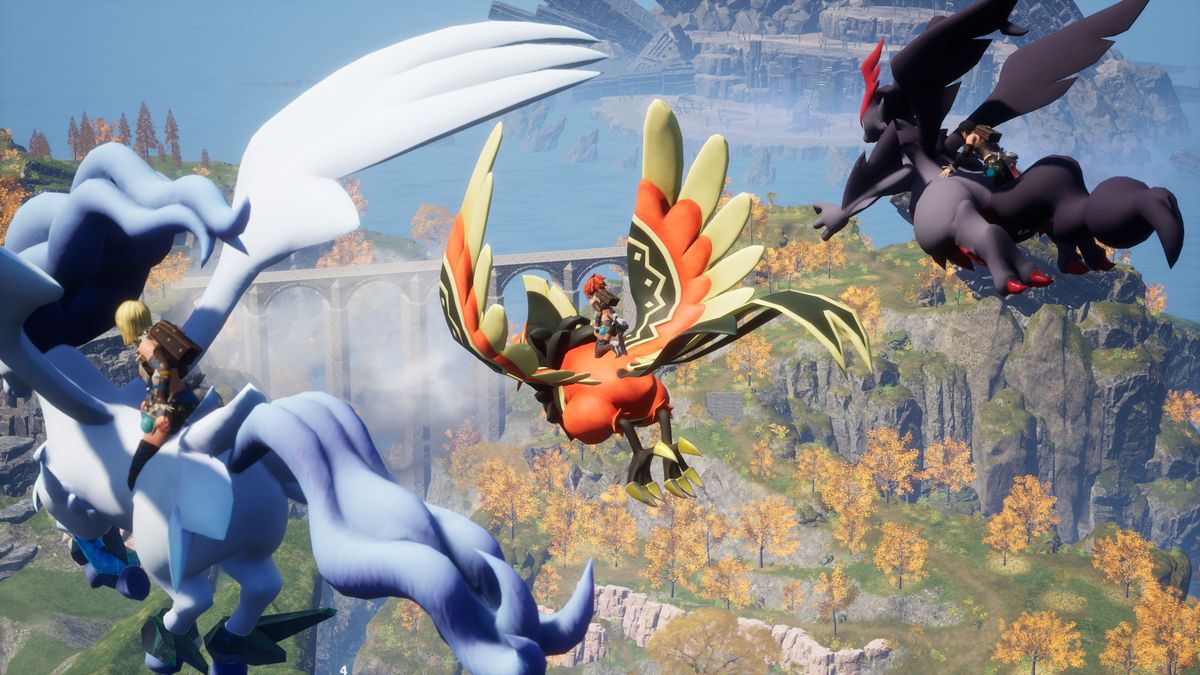
Palworld was a huge early 2024 hit for similar reasons. However, that popularity started with a marketing campaign that highlighted its similarities with other creature-collecting games like Pokémon (for better or worse) rather than focusing on survival and crafting elements. Then, people realized it was a good game, according to Simon Carless, founder of GameDiscoverCo, a firm that analyzes Steam and console sales data. While the tutorial could stand to be more robust, once you get past that, the game loop is easy to understand.
“Palworld’s success is down to the developer being genuinely good at making survival craft-style games,” Carless said in an email to Polygon. “I suspect it introduced some people to this genre who hadn’t played it much before, and the gameplay loop was on point and well-constructed.”
“If people play Palworld for the Pokémon angle, maybe they figured out they enjoy some other games as a genre itself, like on the mechanics side of things,” Christoulakis echoed.
That isn’t to say any of these games are easy (unless you’re talking about Lego Fortnite, the ultimate easy survival game), but they can work as introductions to the genre. Enshrouded, now in early access, is another great option if you want an on-ramp to open-world survival crafting, thanks to how it uses familiar tropes, like waking up with no skills or memory, but walks you through a tutorial where you then go and start punching trees. But it also has a surprisingly easy-to-use settlement building system where all the pieces snap into place with each other. As you unlock more recipes, the game offers a lot of specific pieces for building just the way you want to, like blocks of various sizes. This has led to some truly astounding player-built structures that can rival any other game with building mechanics, and it doesn’t require a lot of knowledge or hundreds of hours of play.
These games have a lot in common beyond how they ease off some of the survival genre’s harshest mechanics. I previously noted that Valheim featured a co-op mode that gave players a new experience during the pandemic, but most of the aforementioned games (minus Pacific Drive) have a multiplayer mode that allows people to share game experiences and work to complete tasks together. There’s also flexibility to what you can do; for instance, some can go off exploring while others stay on the base. Nightingale is built with multiplayer as a foundation since it started as an MMO, and the developers encourage people to visit realms on other servers and share theirs with friends. (Nightingale was controversially online-only when it launched. Inflexion Games has since announced it would work on an offline mode for solo players.)
Relatedly, a huge component of what makes the genre so appealing is freedom. Open-world games especially have varying degrees of player freedom and possible interactions, and open-world survival crafting games’ focus on systems gives players even more choices. They can focus on building fortresses in Enshrouded instead of doing story quests; crafting specific car upgrades in Pacific Drive instead of exploring new areas; building out a base instead of finding new Pals in Palworld. Each has a nonlinear narrative (or, in the case of something like Minecraft, no narrative at all), so players aren’t on a time limit.
“While there are narrative aspects to Nightingale […] it’s not a linear narrative experience. You don’t start and then we tell you where to go. You can choose to interact with NPCs, you can choose to ignore them. You’re free to do whatever you like,” Inflexion Games art director Neil Thompson said. “That sort of freedom to interact with the world that’s there and the ability as a result of that to role-play your own stories within that world — that to me is the power of the gaming medium.”
The genre can lean into interactivity not just by letting players do whatever they want, but also by giving them multiple things to do. There’s a reason why Steam calls it the Open World Survival Craft genre and why there isn’t another established name: It contains at least three subgenres, along with many of the associated mechanics. There’s crafting, base building, exploration, combat, survival, and sometimes concepts like driving. If done successfully, the player won’t be overwhelmed by the sheer number of tasks because they’ll all work together to create a satisfying loop that encourages you to keep playing.
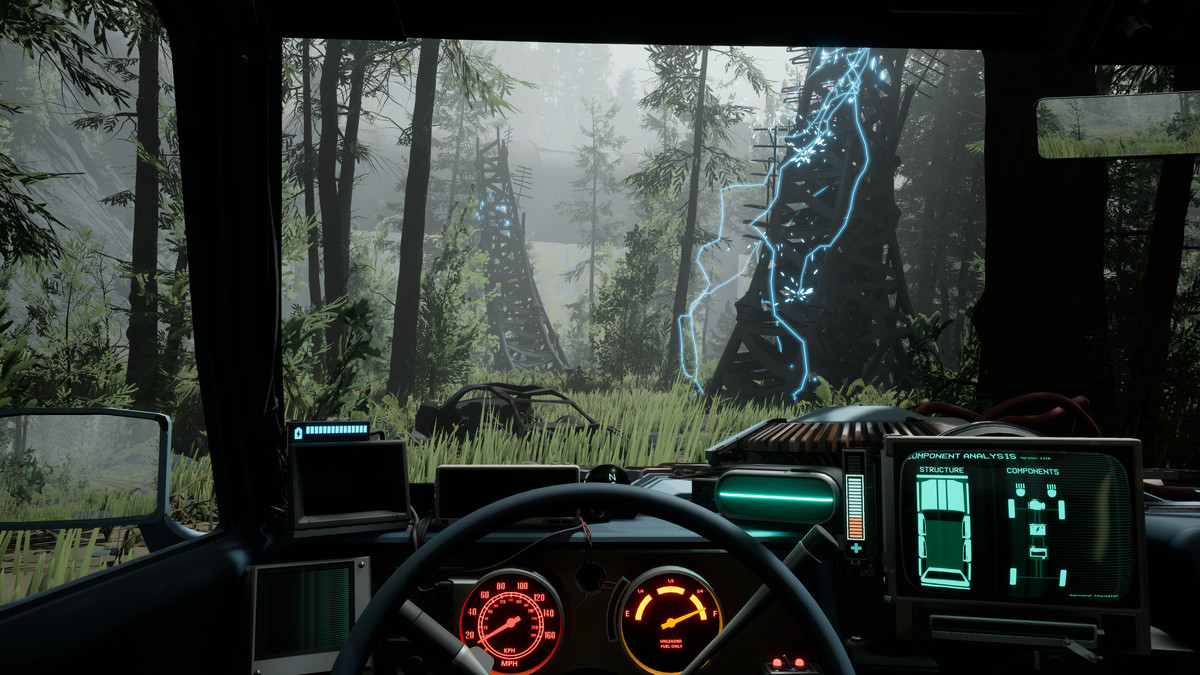
Pacific Drive has you going out into the world to collect resources, which you can use to upgrade your car, which will help you go farther and farther each time you venture out. But the lure that keeps you exploring is what you’ll find. Pacific Drive is filled with “anomalies” that mess with the world and can make your drive more difficult. But it builds out the story of the Olympic Exclusion Zone and continues increasing your sense of dread as you explore more dangerous areas. It’s a large loop that combines storytelling, crafting, exploration, and survival.
“The other thing that I think survival games are fundamentally about is seeing something new and saying, ‘What’s that? Let me poke it with a stick. See what happens,’” Rosen said. “So there’s this discovery, sort of puzzle box aspect to survive a good survival experience, in my opinion, where you’re constantly being faced and presented with things that are unfamiliar to you, where you don’t quite understand. And you’re having to come into contact with them and figure it out through trial and error.”
You don’t have to complete story quests in Enshrouded, but doing so will allow you to unlock NPCs that can help you build out your base, and exploration will help you find even more building items. Managing your Pals in Palworld will help you build out your base more, so you’ll have time to go out and explore. If the systems are all in service to one another and the developers implement reasons to keep moving, you’ll have more reasons to play.
“People are drawn to these games because there’s a couple of key gameplay loops at play,” Carless explained. “It’s actually a lot more complicated than that. […] But if you get this gameplay loop correct — grind-y, but not irritatingly grind-y — the world is your oyster.”
Carless isn’t sure if Open World Survival Craft’s success will continue, especially as more developers enter the space based on Palworld’s massive popularity. However, right now, these games are offering a unique experience for players that seems to encompass the wants of a lot of different audiences. Because titles like Enshrouded or Nightingale are flexible in how they want people to play and in how they present the usually challenging survival genre, they can bring in players that might not be previously familiar. They’ll also offer players multiple ways to play one game, which lets players feel like they got enough game for their money, and this variation can make a game appealing to a player’s wider friend group, too.
And who knows, maybe it’ll signal the future of how we play games.
“I think survival crafting games are […] kind of the most literal expression of I as a player, I’m interacting with these systems in a very free and undirected way, which bears no resemblance to a traditional narrative or a traditional form of media,” Thompson said. “I mean, just incredible.”
